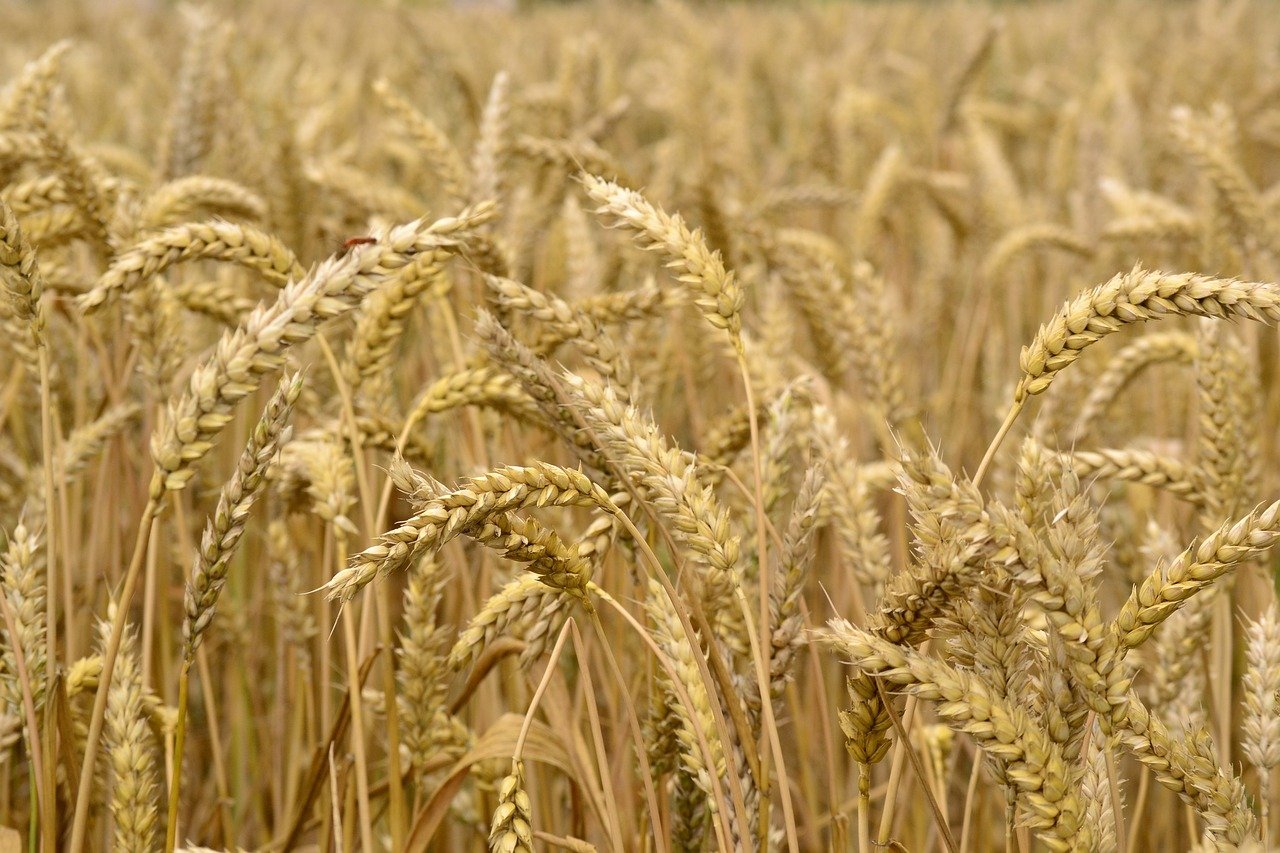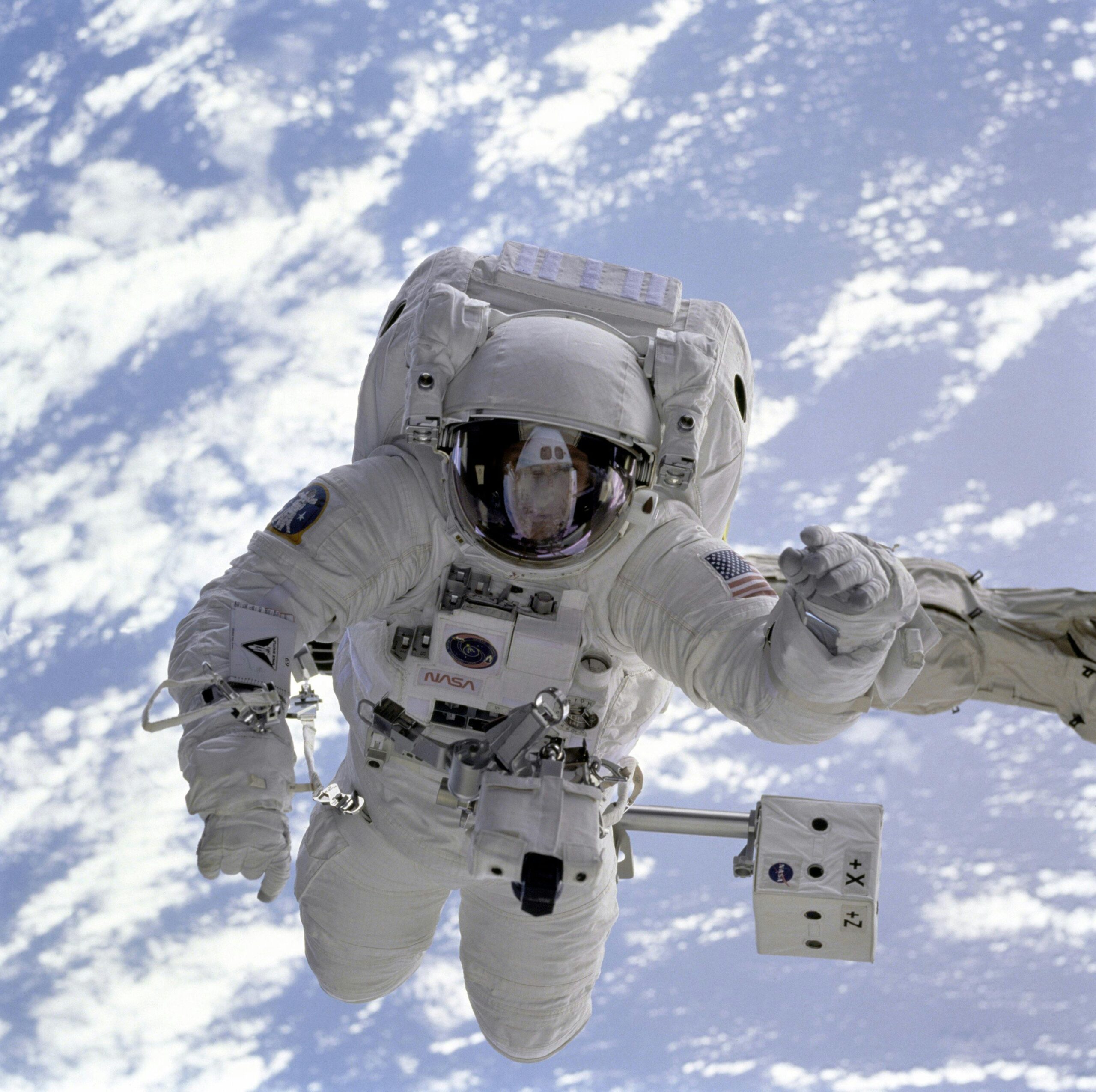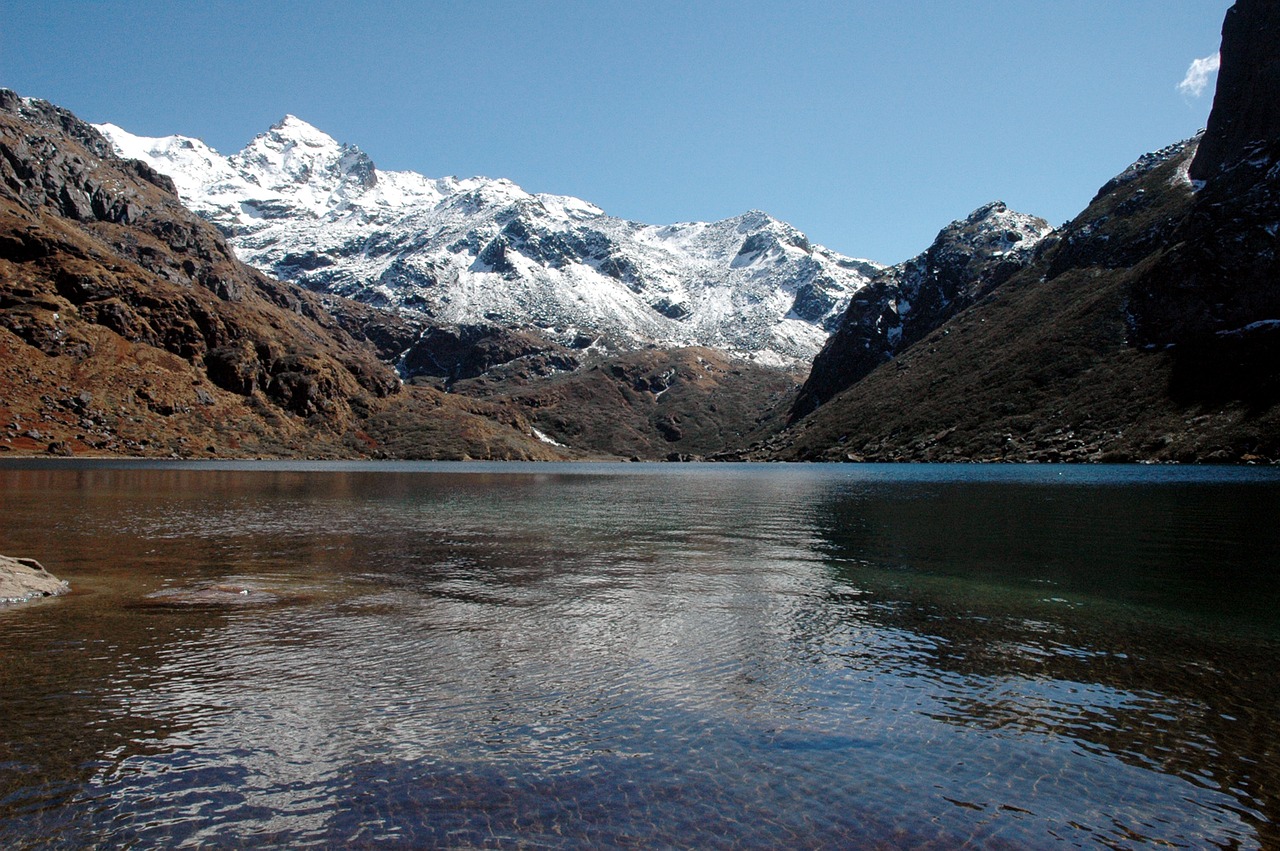State of Food Security and Nutrition in the World (SOFI) 2023

Background:
- While global hunger numbers have remained stagnant between 2021 and 2022, the number of people facing hunger worldwide has increased by over 122 million since 2019 due to the pandemic, repeated weather shocks, and conflicts, including the war in Ukraine.
- Approximately 2.4 billion individuals, largely women, and residents of rural areas, did not have consistent access to nutritious, safe, and sufficient food in 2022.
- Child malnutrition is still alarmingly high. In 2021, 22.3% (148.1 million) children were stunted, 6.8% (45 million) were wasted, and 5.6% (37 million) were overweight.
- As urbanization accelerates, there is a noticeable increase in the consumption of processed and convenience foods, leading to a spike in overweight and obesity rates across urban, peri-urban, and rural areas.
- Previously self-sustaining rural regions, especially in Africa and Asia, are now found to be increasingly dependent on national and global food markets.
Linkage:
- According to the SOFI report, India has the lowest cost of a healthy diet among BRICS nations and its neighbours. In 2021, a healthy diet in India costs approximately 3.066 Purchasing Power Parity (PPP) per person per day, making it seemingly affordable on the surface.
- A diet is considered unaffordable if it costs more than 52% of a nation’s average income. India has a low average income compared to other countries.
- This makes it difficult for a substantial portion of the population to afford the recommended diet.
- The Mumbai Case Study: The report also highlights a specific case study in Mumbai, where the cost of meals has risen by a staggering 65% in just five years. In contrast, salaries and wages have only increased by 28%-37% during the same period.
Current News:
- State of Food Security and Nutrition in the World (SOFI) 2023, a report by the United Nations Food and Agriculture Organization (FAO), has shed light on a concerning issue in India.
- It highlights the growing disparity between the cost of a nutritious meal and the economic realities faced by a significant portion of the Indian population.
Impact:
- The government should invest in modern agricultural research to increase agricultural production.
- The government should develop adequate storage facilities to prevent post-harvest losses and robust transportation networks for distributing food products across the country to ensure supply-demand balance.
- The government should promote partnerships between the public and private sectors to improve agricultural productivity and food availability.
- The government should promote sustainable agriculture practices that preserve soil health and reduce the use of harmful pesticides and fertilizers.








